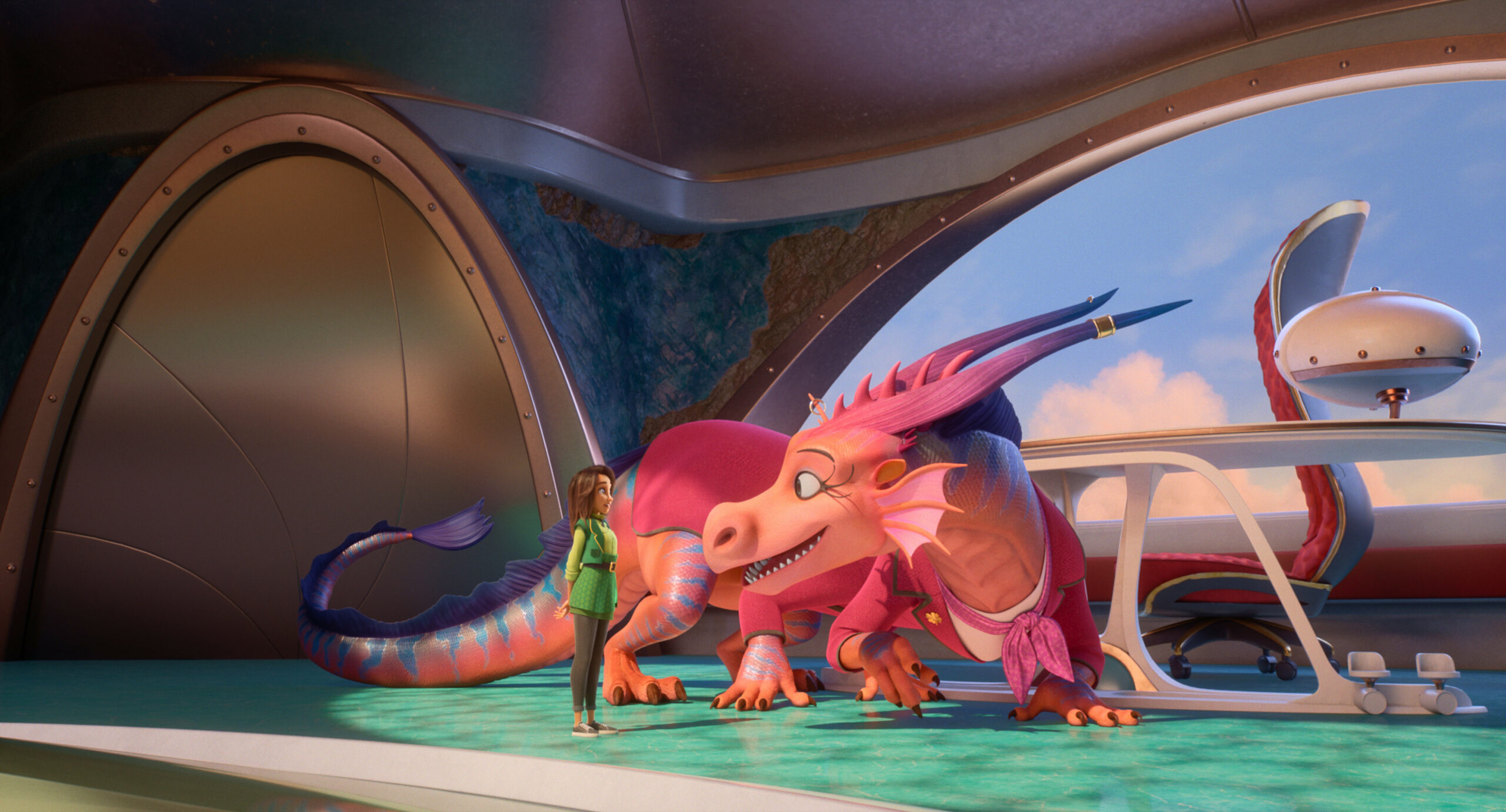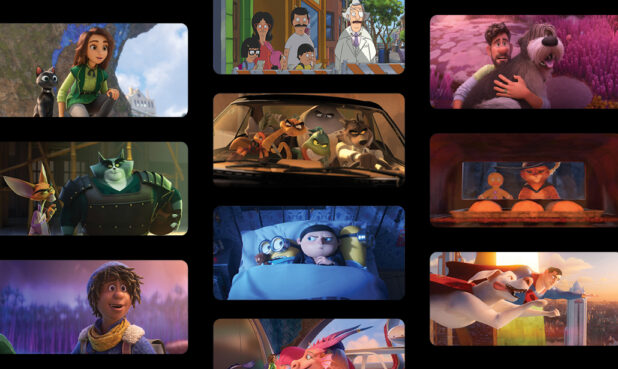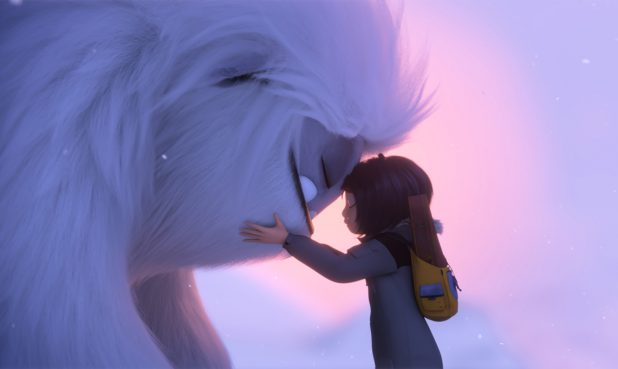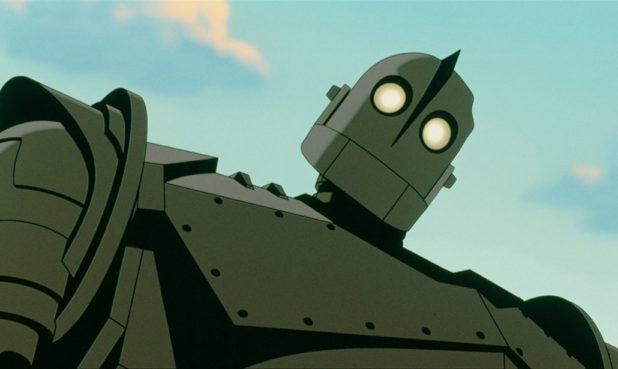When Director Peggy Holmes was first approached about the project Luck, there were two concepts in place. The first was focusing on the universal idea of luck, and the second was developing a story around a lead character that grew up in the foster system.
“We looked into this idea of good luck and bad luck. It’s something we all experience every day in our life,” she says. “I immediately started to do research. I read a lot of journals and papers…what I came to realize was that luck is random. You have no control over it. You couldn’t have a character, for instance, that was creating a piece of good luck and sending it to a specific person.”
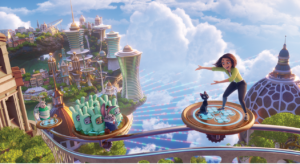
The visual creation of the Land of Luck helped inspire the story further, and in a way illustrated the randomness of it. Holmes reached out to Production Designer Fred Warter to help make a visual map. “The first piece of art that Fred did for the movie was he created two worlds on the opposite sides of a coin, good luck on top and bad luck on the bottom,” says Holmes. This idea of a “lucky penny” captured the indiscriminate nature of luck—anyone who has flipped a coin can attest to that fact.
To create a world never seen before, Warter combined “the industrial nature of steampunk with the clean lines of mid-century modern. And then we also stumbled upon this thing called Voronoi diagrams, which are these mathematical constructs or patterns,” says Holmes.
The Land of Luck also needed to be populated with characters, based on lucky (and unlucky icons) from around the world. “My first assignment for the artists was to take all of that research and just go crazy for two days creating characters that would represent luck, good or bad,” she says.

The team came up with some obvious choices like leprechauns and rabbits, but also explored lesser-known symbols like unicorns, dragons, or pigs. Imbuing personality and movement into the characters required both real-life inspiration as well as creative and technical execution. Most of the animal characters exhibit humanistic traits in the Land of Luck.
The six-legged dragon named Babe was a particularly interesting challenge for the animation team. Voiced by Jane Fonda, Babe’s caring personality and graceful and elegant demeanor informed her movements. “We started from the character, her personality and her attitude,” says Director of Animation Yuriko Senoo. But with six legs the team needed to determine how Babe used all of her appendages.
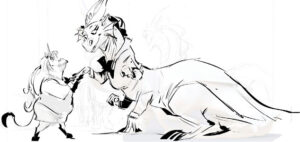
“We figured out that she would be standing on two legs when she’s talking, [and] that when she’s running at full speed, she would use all six legs. But when she was more relaxed, she would use four. And then [the extra limbs] came in handy when she needed to get her inhaler from her pocket. She would use the middle arms to reach her pocket,” says Senoo.
In Scotland, black cats are considered lucky, and the feline charm became Bob, another one of the lead characters in the film. “Since he’s a magical cat, his animation style is more graphic and cartoony than any other characters,” says Senoo. “He defies gravity sometimes. We paid homage to Wile E. Coyote and the Road Runner. In one of the scenes, he walks in the air and then falls like the coyote.”
Approaches like this aided physical comedy which played an important role in this film. The animation team studied legendary comedians to mine their performances for inspiration. “We looked at Lucille Ball, Carol Burnett, Charlie Chaplin, Buster Keaton…because they can make us laugh with just their faces and bodies without saying anything,” Senoo says, adding, “and their movement is so rhythmic.”
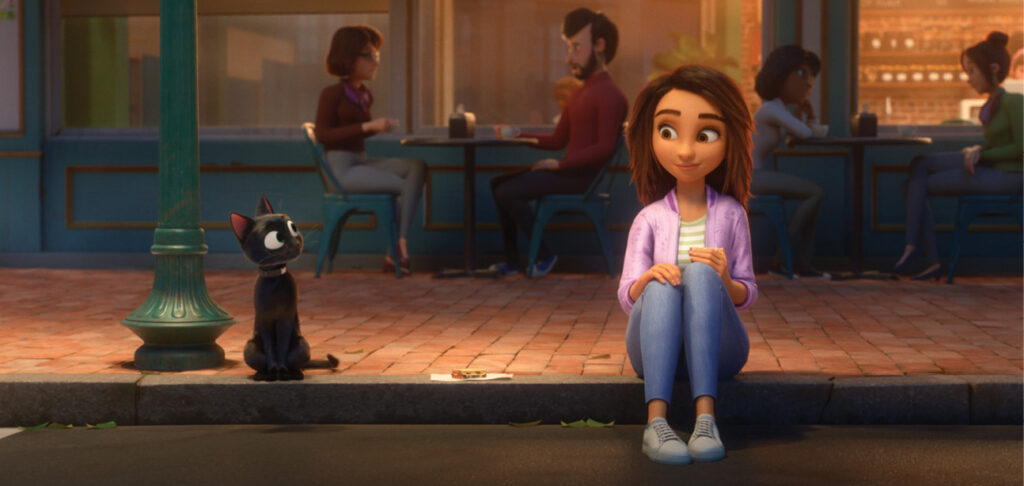
As Luck Would Have It
A chance meeting between Bob and Sam, the unluckiest girl in the world, sets off a transformational journey. Sam has just aged out of foster care and struggles with her bad luck, an emotional feeling that luck has prevented her from finding her forever family. The story team wanted to be as authentic as possible when telling the story of this character, so they spoke with many people who had experienced the foster system. “We had the honor of interviewing these amazing young people who had grown up in a very similar situation to Sam. They grew up in foster care without families, and they were the most positive and generous people you could possibly talk to,” says Holmes.
She adds that when faced with the challenges of foster care, many young people experience a moment where they begin to feel like they did something to deserve their bad luck. “No matter how many times people told them, ‘This is not about you, you’ve had bad luck. It’s circumstance, it’s things outside of your control,’ somewhere deep inside, they believe it’s them—that there’s something wrong with them,” says Holmes. “At some point in their lives, they are ready to hear that it’s not them in a way that they finally believe…it really was just bad luck.”
Acknowledging the randomness of these kinds of experiences allows you to gain a new, more positive perspective. And it’s this emotional journey that is at the core of the film. As the story evolves, Sam is able to look at bad luck in a different way. She doesn’t erase it, but “she’s able to evaluate certain instances of her bad luck and say, ‘You know what? That bad luck actually led me to the luckiest thing in the world, which is love,’” says Holmes.
Less is More
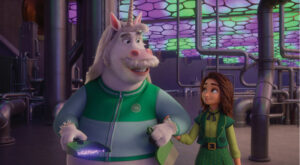
Focusing on the emotional core of a story can be a subtractive process. Holmes likens this journey of discovery as putting stakes in the ground and then building a story around them. Sometimes you find that you have too many stakes and it’s time to remove a few and leave only the most powerful ones in place.
“But you only discover that through the iteration of putting the reels up,” says Holmes. “You’re just constantly digesting and honing in on that emotional story. Slowly but surely, as the story strengthens and supports those emotional stakes, you’re able to take some out. You really need to be open-minded.”
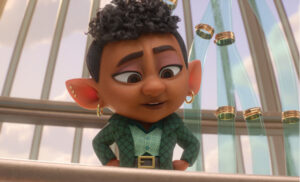
One example of this is the catalyst of Sam’s journey into the Land of Luck. Sam wants to make sure that her 5-year-old friend Hazel doesn’t end up like her without a forever family at the age of 18. Sam decides that she just needs to secure a lucky penny for Hazel, but doing so would break the rules of the Land of Luck.
“We had more check-ins in act two with Hazel where we felt like maybe Sam and Hazel needed to talk to each other on the phone,” says Holmes. “When we started taking those [scenes] out, the story became more and more emotional, because it was almost like Sam didn’t have control over what was going to happen to Hazel, and Sam had to wrestle with, ‘Can I come through for her?’”
In essence, in asking such questions, Sam wrestles with her own relationship with luck, and, whether good or bad, learning from those challenging experiences and focusing on a path forward can lead to a wonderful future.
